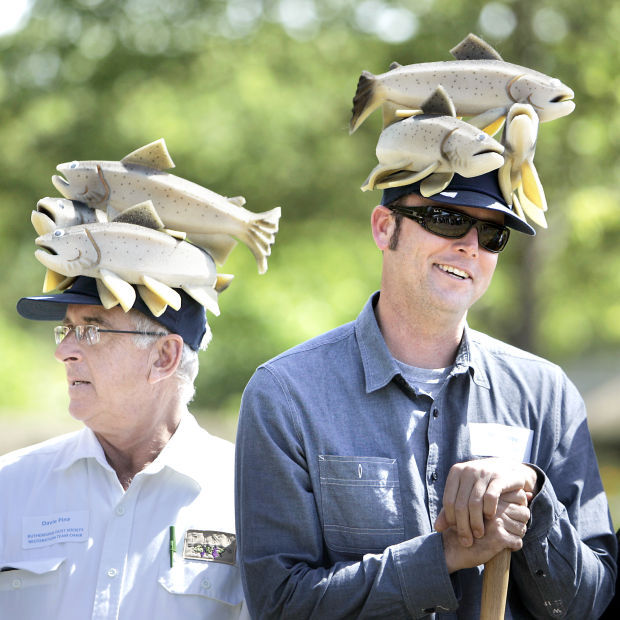It wasn’t an accident that the poet said “April is the cruelest month”. Have you noticed how everyone and their cousin is deciding to trim their trees and hedges right during nesting season? It’s as if no one looks outside all the rest of the year but as soon as they want to barbecue they have to start killing some nature to make the yard nice. Apparently, it’s true for beavers too.
Beaver bounty considered for 2015-16 budget
BOLIVIA — The Brunswick County Board of Commissioners has been asked to consider a beaver bounty for Brunswick County.
Stephanie Lewis, director of operation services, proposed putting $10,000 into a pilot program to remove beavers and clear their dams that cause trouble throughout the county.
Lewis added that while trappers would remove the beavers, the county is already removing the beaver dams except when explosives are required to clear them.
Commissioner Frank Williams said he receives more calls about beavers than any other types of calls in his district.
“Where are we in the curve? Are we ahead? Are we caught up?” Commissioner Marty Cooke asked regarding how the county has handled problems with beavers.
“Right now I’d say the beavers are winning.”
They’re definitely winning in the IQ contest, I’ll give them that. And why on earth would you call a town in Prince Edward Island “Bolivia”? It makes zero sense. Which, is perfect I guess. Because paying more money to get more of something that’s not working is pretty senseless.
To save trees, Park Board approves beaver cull
FARGO—Experts will begin trapping and killing beavers living along the Red River this fall or next spring, in an effort to spare trees from the animals’ teeth.
The Park Board on Tuesday voted unanimously to approve the cull, which will be handled by the U.S. Department of Agriculture.
Beavers have been chewing into too many trees, causing financial damage and much consternation, park officials said.
“Ever since I’ve been here, we’ve known there’s been beaver damage to our trees,” Parks Director Dave Leker told the Park Board. “It’s just gradually, over the past five years, getting worse.”
Roger Gress, executive director of the parks district, said thousands of dollars have been lost due to beavers chewing into the city’s trees.
“We’ve planted new trees,” Gress said, “and then they’re gone.”
Expert trappers, led by the USDA’s John Paulson, will handle the cull, which will take place at Lemke and Trefoil parks, at a cost of about $1,000.
Paulson’s team will start by analyzing and locating the beaver colonies before laying the traps.
Yes, first hire the hitman and let him figure it out. Never mind about those crazy beaver-huggers saying you can wrap the trees or protect them with paint. They don’t know how much easier it is just to kill them. Bring in the traps!
Dead animals discovered at Charlotte neighborhood park
At least this park in Charlotte North Carolina has the good sense to be mortified by the site of these grisly deaths. Which is almost like being appalled that they happen at all.Something tells me they’ll be more discrete in the future.
King County crews work to clear beaver dam breach
And let’s end on a slightly more positive note because Washington is refreshingly good to beavers. If I were one of our flat-tailed friends I would swim north until I crossed the Columbia River and then start looking for a place to settle down.
APRIL is the cruellest month, breeding
Lilacs out of the dead land, mixing
Memory and desire, stirring
Dull roots with spring rain.
Winter kept us warm, covering
Earth in forgetful snow, feeding
A little life with dried tubers.
Remember to watch Episode 2 of animal homes tonight on Nature PBS for first ever seen footage inside beaver lodges!















































